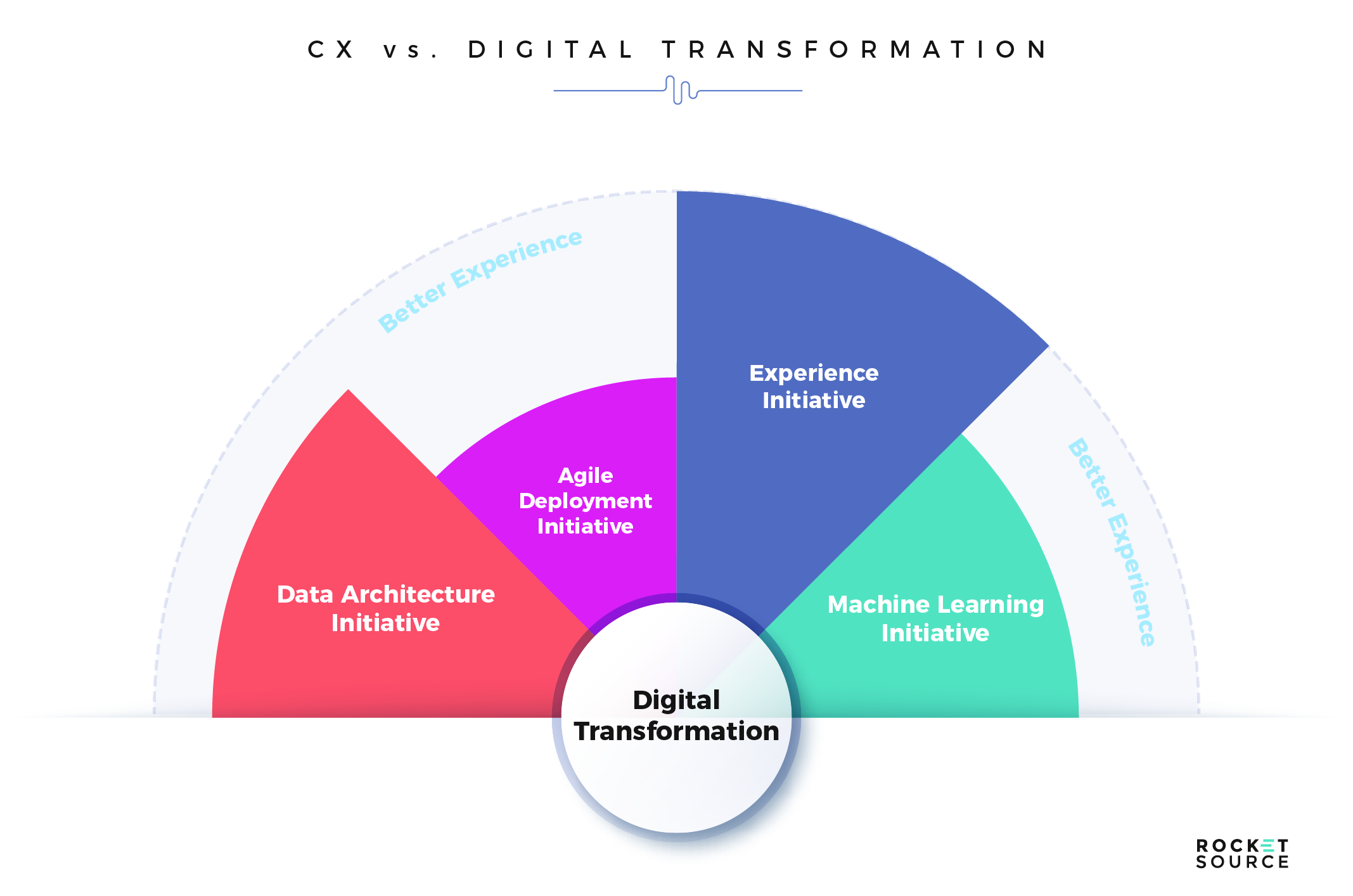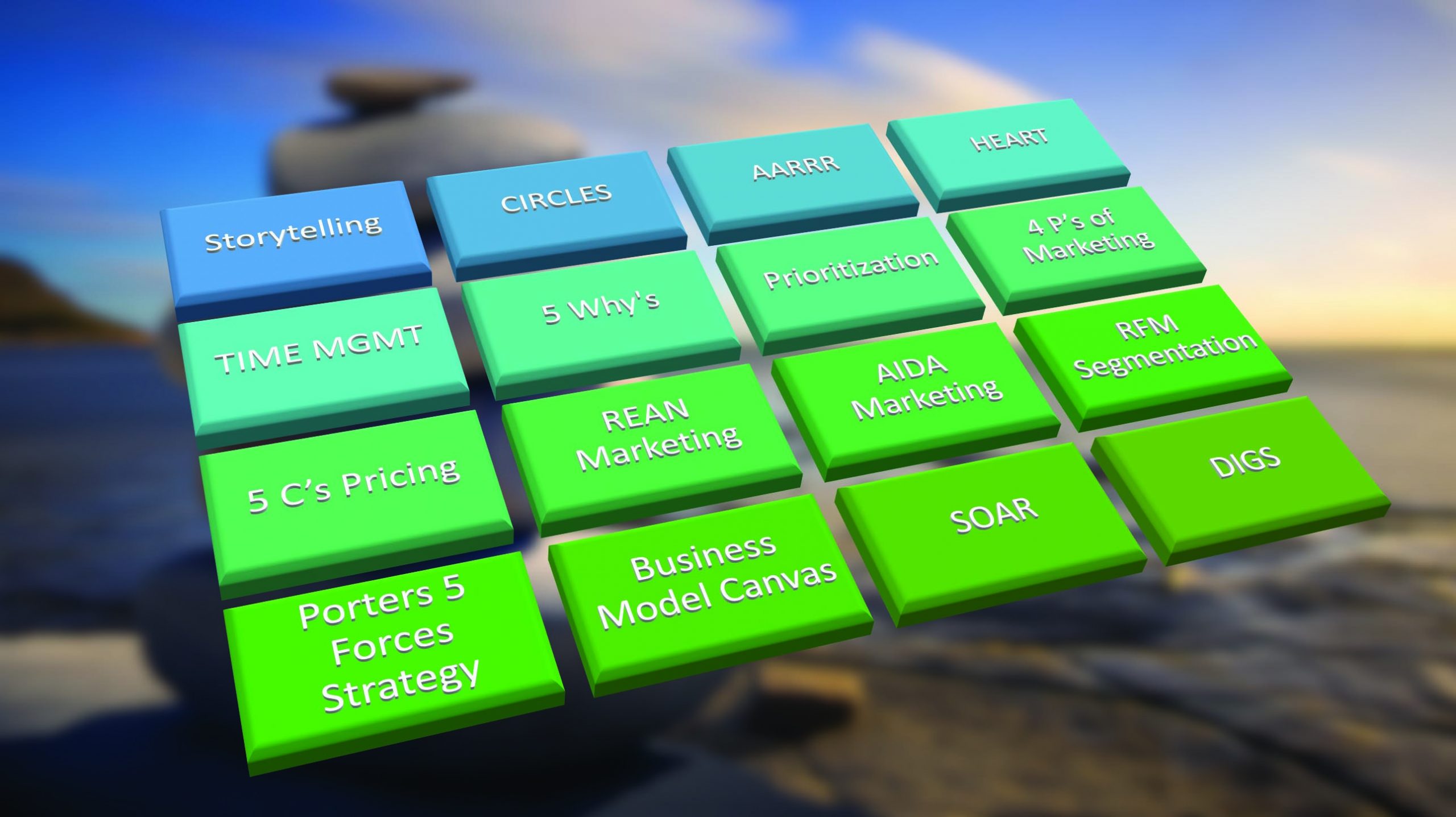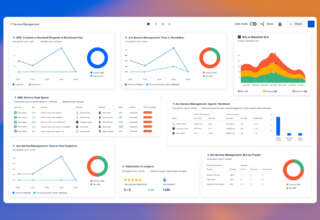
In a market brimming with savvy consumers, user experience (UX) is a necessity. Exceptionally successful companies take all user touch points into consideration when developing cutting-edge products and digital experiences.
However, even the most conscientious of UX design can’t be all things to all users. In an effort to solve every problem for every user, products can be stretched too thin and offer little value to anyone.
That’s where UX strategy comes into play.
What is UX Strategy?
Simply put, UX strategy is a detailed plan to align the user experience and brand with the organization’s objectives and goals. Effective UX strategy brings the organization’s vision for the customer experience to life, all within the framework of the long-term strategy for the brand.
UX strategy has four vital components:
Business Strategy
Business strategy formulates and implements the major goals, initiatives, and objectives. Though UX is all about the user, it all circles back to the brand. Business strategy has a direct influence on UX strategy and the organization’s understanding of the market and competition.
Specific business goals and objectives should be incorporated into UX strategy as guidelines and success metrics. Otherwise, UX teams approach UX design based on best practices and competitive benchmarks, rather than with the intent of supporting business goals. Well-defined
UX strategy aligns the business strategy with the user and the technology to deliver exceptional products.
Value Innovation
Value innovation is a process to introduce new technologies or features with the intent of competitive edge and lower costs. Ideally, value innovation creates new demand and influences the market enough to keep the organization at the top. This can be in the form of sustaining innovation or disruptive innovation. Sustaining innovation is mostly found in mature organizations that innovate with small improvements to well-established problems among the user base.
For example, cars solved the problem of efficient transportation over a century ago, but automakers offer continuous improvements to the experience with performance enhancements, advanced safety features, and upgraded entertainment technology.
Conversely, disruptive innovation is about disrupting the existing market’s status quo. Organizations tend to innovate faster than customer needs evolve, creating products that are too expensive, sophisticated, or complicated for their target customers. As a result, the most innovative of products sit at the highest tier of the market – with the highest prices.
When this occurs, organizations are vulnerable to disruptive innovations that enter at the bottom of the market. Now, an entirely new group of customers have access to a product that was reserved for the wealthier and more sophisticated customers. Examples of disruptors include personal computers ousting mainframes and cell phones replacing traditional landlines.
User and Competitive Research
Product development is expensive. Because UX is all about the user, organizations can waste tons of money on product development that doesn’t offer anything to the ideal user. Validated user research offers insight into product performance among target users to inform design and development decisions.
User research can be conducted in a multitude of ways, including tree testing, usability testing, interviews, and card sorting, but it should always happen early and continuously. Prototyping and testing is an easy way to get insights from the target users, find out if the product is viable, and map out the rest of the development process.
Competitive research complements user research by providing an overview of the market and product landscape. By considering current pricing, market trends, and direct competitors, organizations can understand the opportunities and challenges and how the product stacks against the competition.
Here are some questions to ask during the research process: • Who’s the target user? • Who are the biggest competitors and what do they have to offer? • What are existing solutions doing right and how can they improve? • What are the goals and objectives? • What is the budget? • What is the organization’s mission? • Is there an opportunity for a unique value proposition?
Here are some questions to ask users for more detailed insights: • What would improve our product’s experience? • What do you like about the product? What could be better? • What do you like about the current products on the market? What could be better? • What features are the most/least important to you? • How likely are you to recommend our product to a friend or family member? Why? • How did you find our product?
These answers will give you deeper insights into the market, your users, and how to approach your product design.
UX Design
Up to this point, UX strategy is about goals and planning. After aligning the organization’s goals with an innovative edge and extensive user testing, it’s time for the build. UX design is the last stage in the process, but the one that delivers on all that planning.
The design team has a process to deliver meaningful, seamless, and relevant experiences to users. Effective UX design revolves around product innovation, product integration, branding, design principles, functionality, and usability. Stellar UX design will hit on all these principles.
Why UX Strategy is Essential
While it would be nice to expedite products to market, that’s not conducive to successful, innovative products. The reality is that product development isn’t fast or cheap, but including a UX strategy at the earliest stages of a project can save money, time, and resources in developing products that consumers actually want.
Here are a few benefits of UX strategy:
Data-Driven Decisions
New products are often an exercise in uncertainty. Organizations may not be sure of the target user or the problems that need to be solved. With user research, organizations can determine if they’re developing the right product and the best features.
Users offer plenty of valuable insight into what problems they have and how existing solutions solve, or fail to solve, them, providing a starting point for developing products with valuable solutions and a competitive edge.
In addition, customers tend to stick with products they know and like, even if they don’t solve every problem. Because of this, new products have to offer a value proposition that can convert users from what they know and trust.
Another common obstacle for product development is offering products that are competing with effective, existing solutions or products that attempt to solve problems that users don’t have. User research offers insights into current user problems, existing solutions, and gaps that can be filled.
Reduced Risk
Basing time, money, and energy output on product design without any user guidance is a recipe for disaster. UX strategy lowers the risk in product development by implementing research, planning, testing, and validation phases to ensure that resources are allocated efficiently.
When user research indicates that a product or feature is going in the wrong direction, the organization has the agility to redirect the focus without significantly impacting the time and budget.
Feature Priority
As mentioned, no product offers a solution for all problems for all users. UX strategy helps organizations prioritize problems and their solutions to provide the maximum benefit to users. Without this guidance, product development may attempt to solve every possible problem.
With the minimum viable product (MVP), feature priority is especially important. The MVP is typically the first completed version of the product with a limited set of features that satisfy the user’s needs. Many organizations use the MVP to get a product to market quickly, so it’s that much more important to make an impact on the market.
How UX Strategy Transforms the Customer Journey
One of the major challenges in the current market is for an organization to position themselves or their products ahead of competitors. Spectacular user experience enhances customer engagement, loyalty, and conversion with streamlined and valuable experiences at every touchpoint. This can’t happen without a solid UX strategy that considers all aspects of the product’s branding, usability, design, and functionality.
UX designers consider the why, what, and how of product use. Without a UX strategy that includes insights from user and competitive research, value innovation, and the organization’s goals, the designer is unable to create a product that exceeds expectations.
Customer Journey Maps
The customer journey includes all the touchpoints a customer has when interacting with the organization and the brand for a holistic view of the customer experience. A customer journey map provides a visual journey to showcase the customer’s perspective.
For the purposes of UX strategy, customer journey maps are research-based tools that show the intersection of the user and the organization over time and across all channels. This tool is useful for design teams to see how the customer experience measures up to the customer expectations and find areas for improvement.
*Customer journey maps typically consist of:
• A timescale for the journey period • Scenarios for the context and sequence of events • Touchpoints for where and how customers interact • The channels in which customers perform actions
Deliver the Best Products Possible with UX Strategy•
Through all these dimensions and factors, organizations can understand the customer experience and how it develops over time. This is the ideal opportunity to identify existing and potential problems and improve the design for better user experience.
In a rapidly evolving business market, UX strategies allow organizations to create and develop products tailored to the users’ needs and the brand’s goals. When you consider user experience from all angles, your organization can ensure that your products satisfy your business needs while providing stellar user experience for loyal, engaged customers.
[“source=vincit”]






